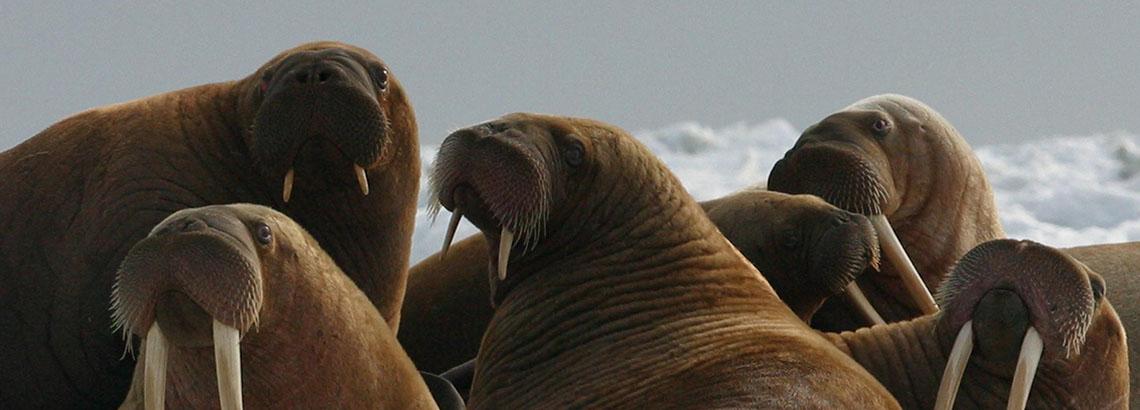
Sivuqaq Sharing Project
Arctic communities are facing unprecedented environmental, economic and social changes. The Bering Sea is at the geographic epicenter of these changes. Mixed economies—those that blend subsistence hunting, fishing, and gathering with wages and crafting work, fused by together by strong social relationships—are a persistent source of stability and social cohesion in a changing environment. In this research project, we will examine the mixed economies of two Alaskan communities, Sivuqaq (Gambell) and Sivungaq (Savoonga), by documenting flows of wild foods and other resources as they are shared among households and communities. By mapping the distribution of food, labor, and other goods within and between communities, we will describe the set of complex social relationships upon which subsistence practices and thus mixed economies are built. Understanding the social structures at the base of mixed economies will allow policymakers and others to more fully account for the potential impacts of climate and policy changes on Sivuqaq (St. Lawrence Island) and community responses to changing conditions.
Project Details
Building on previous sharing research in Alaska, this project will document sharing networks and quantify flows of subsistence resources that are important to the communities of Sivuqaq and Sivungaq. In collaboration with the Native Village of Gambell and the Native Village of Savoonga a comprehensive survey instrument will be designed and administered, tailored to local economic strategies, subsistence practices and species. We will document 1) subsistence harvest by household members, 2) subsistence flows between households, and 3) household engagement with the cash economy and details of ivory carving and other craft-making activities. These data will enable us to build social networks for each community, and to compare social network metrics and flows of subsistence resources and cash to other communities along the Arctic coast of Alaska. Understanding these comparative patterns is critical given potential transformation of Arctic transportation routes, concern over the future of Pacific Walrus populations and controversy regarding indigenous crafting of ivory.
Partners: Wildlife Conservation Society (WCS) Arctic Beringia Program
Research Team
- Shauna BurnSilver, Arizona State University
- Jesse Coleman, Arizona State University and WCS Arctic Beringia Program
- Martin Robards, WCS Arctic Beringia Program
Funding
Oak Foundation
Current funding from the Oak Foundation through the Wildlife Conservation Society